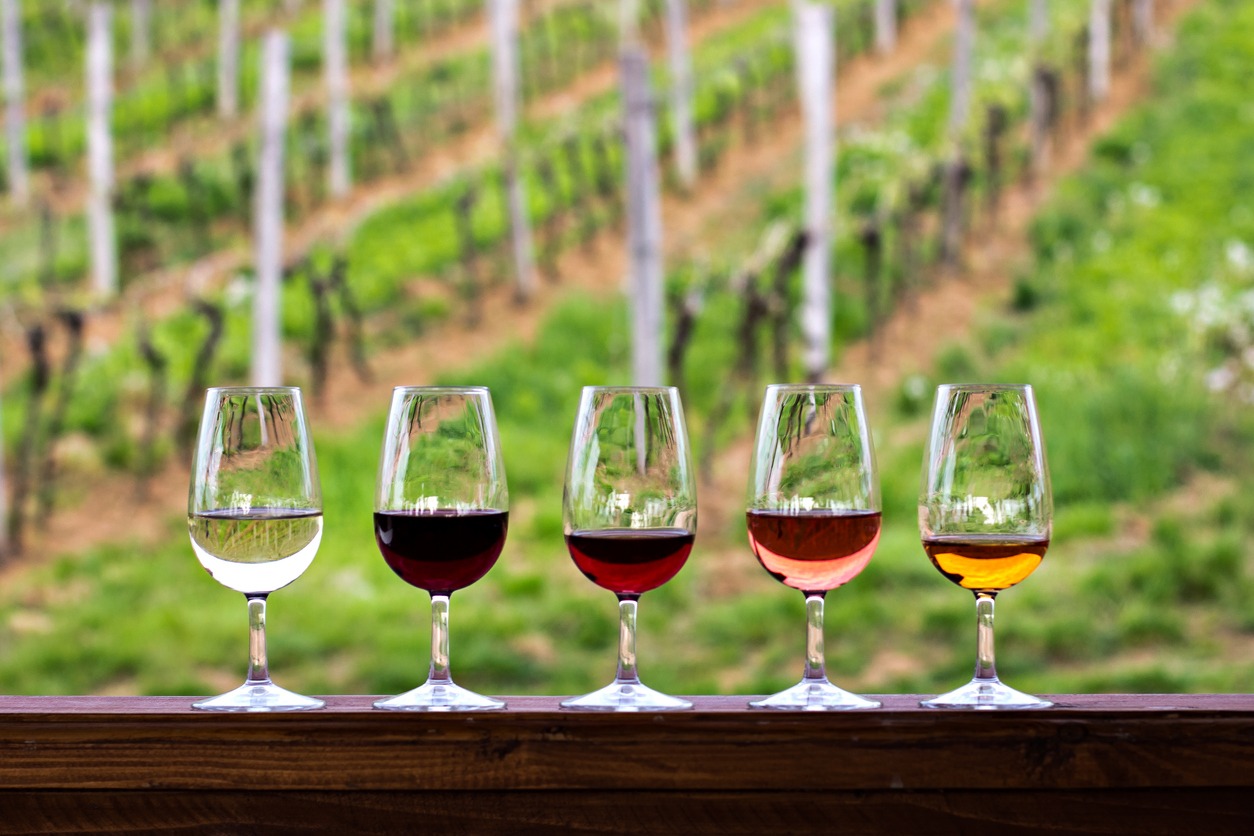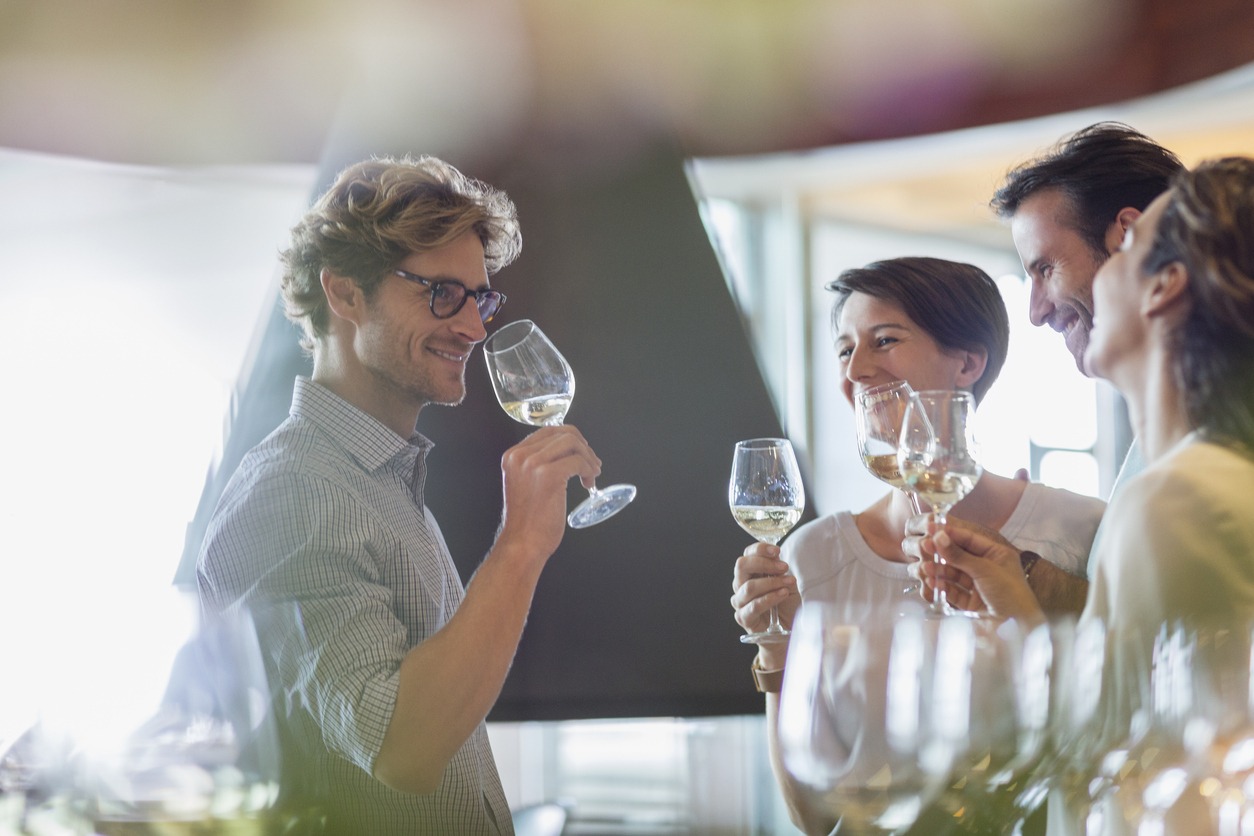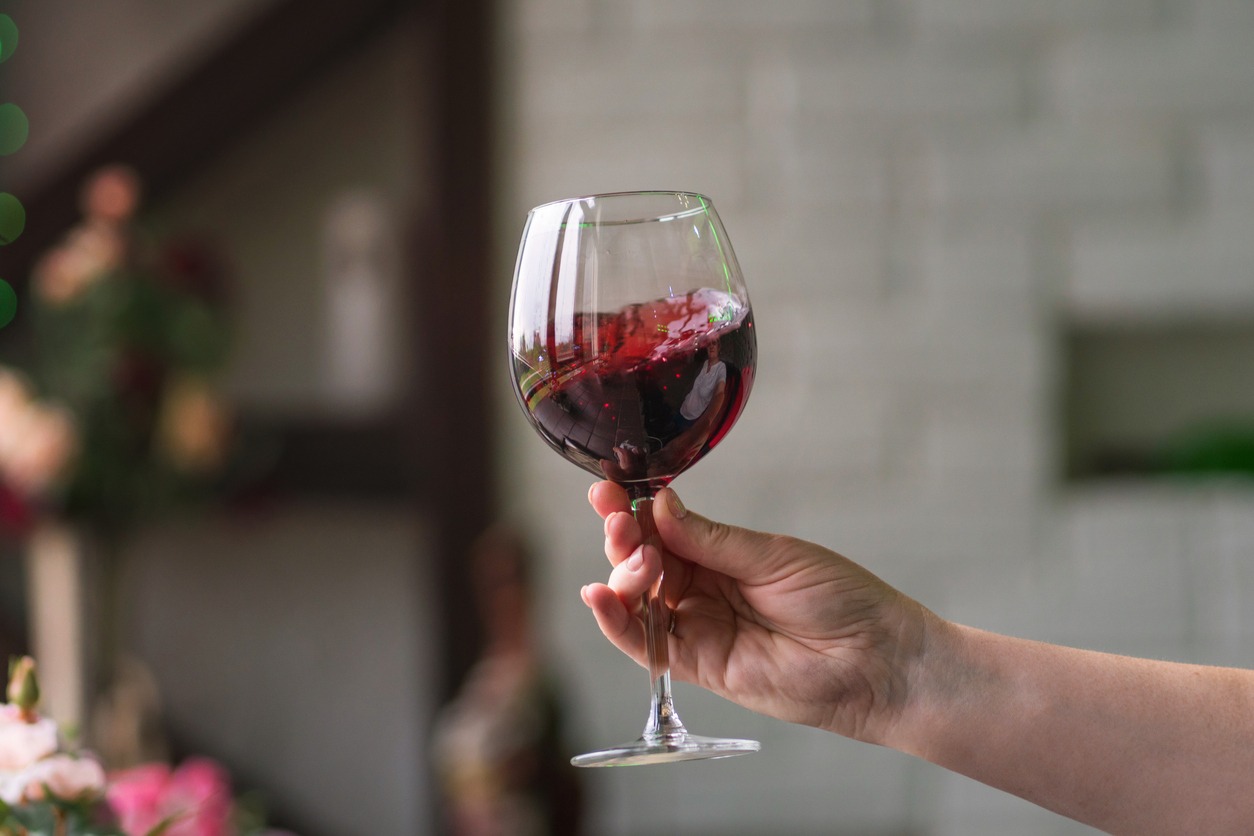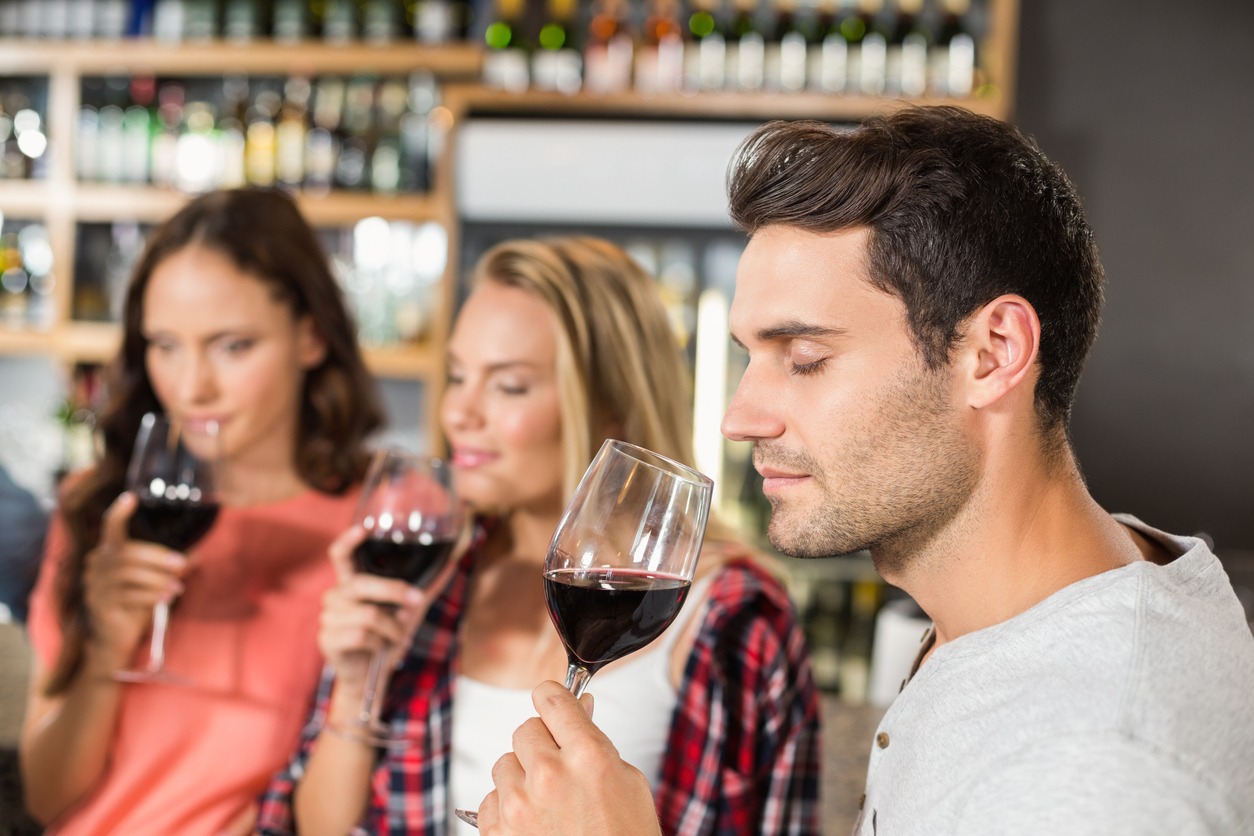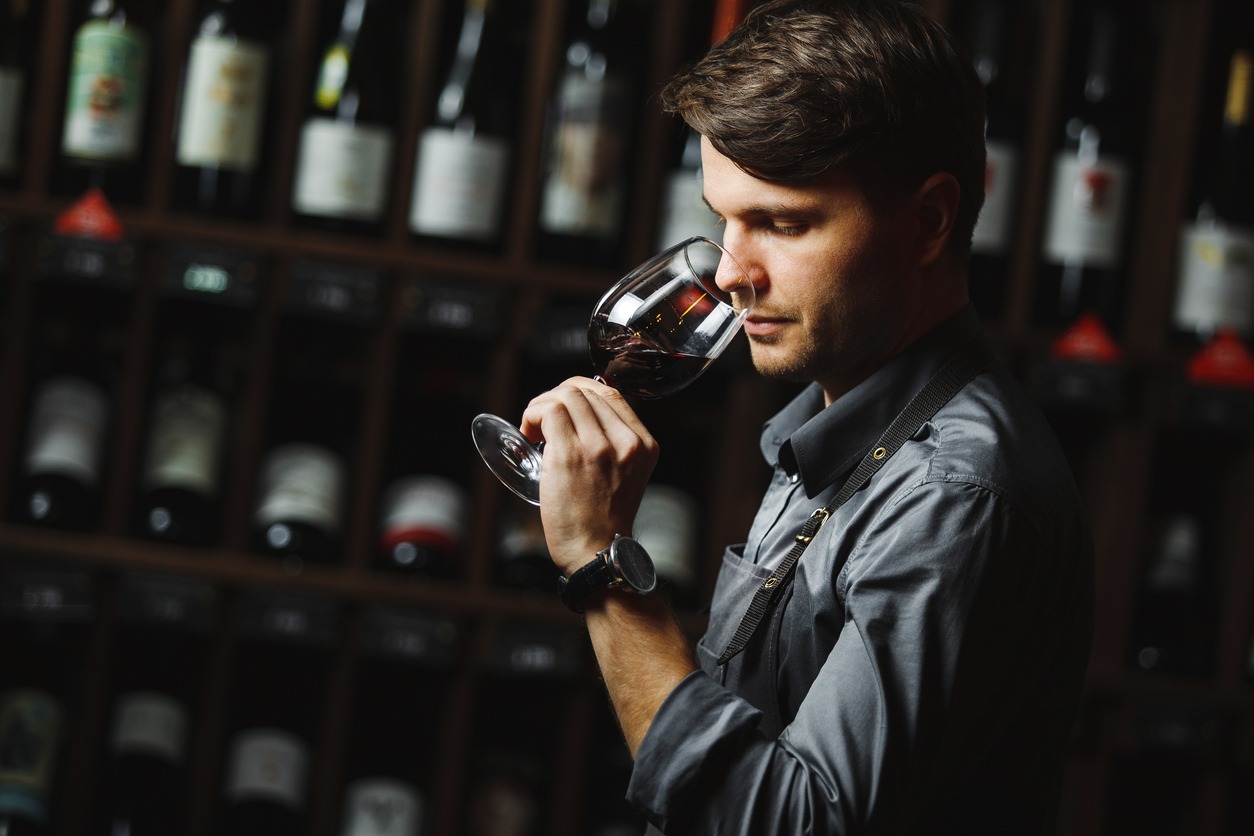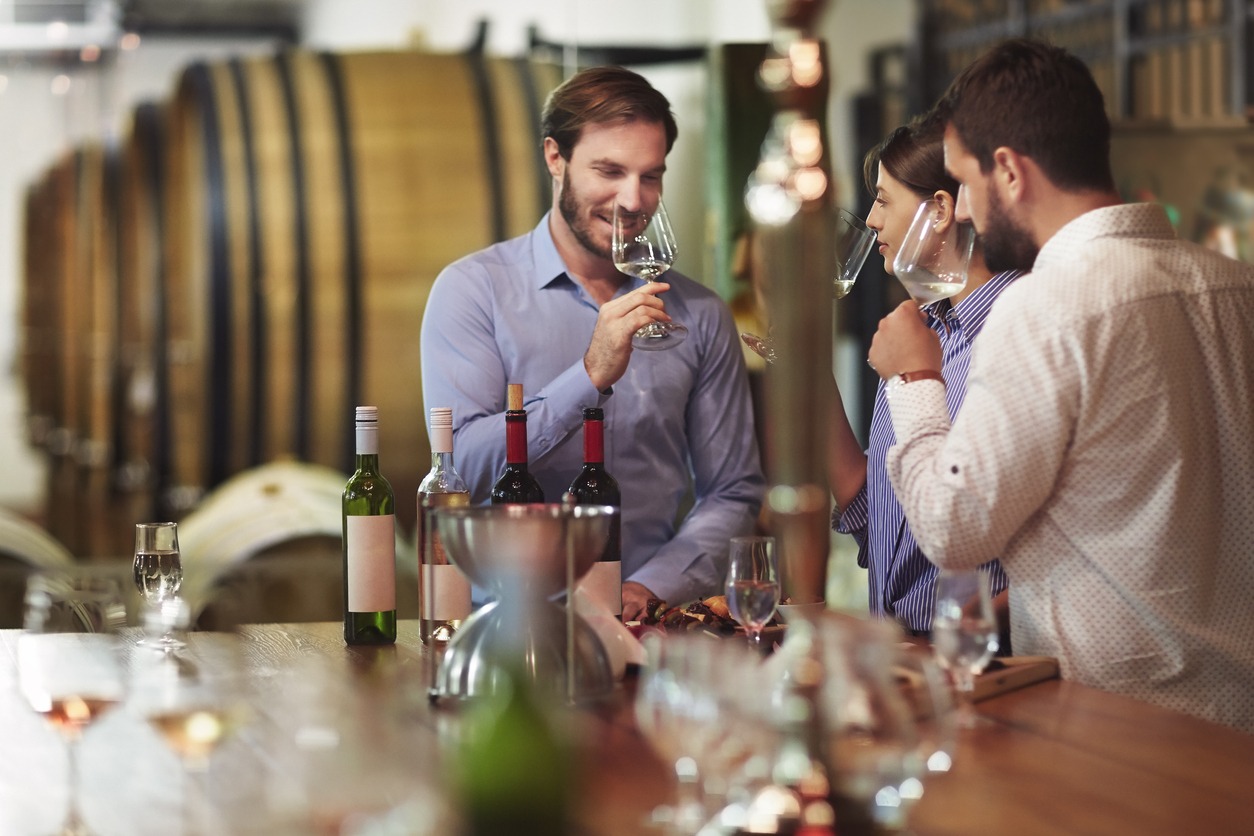Wine tasting might seem daunting, especially if you’re new to it. It requires practice to pick up on the subtle flavors of each wine. However, you don’t need to be a wine expert to appreciate it. Wine is meant for everyone, just like music with its different tones and personal preferences. Deciding what’s good or bad is subjective. To assist you in your wine exploration, here are some steps to follow when tasting a new wine. So if you want to confidently respond when someone asks, “What does this wine taste like?” keep reading. It all boils down to the 5 S’s of wine tasting, and get to know all about it here.
Sip on the refined elegance of Pinot Noir Yarra Valley, showcasing the region’s distinct terroir and expert craftsmanship.
Why Try Wine Tasting?
You may have noticed that wines can vary significantly in taste. Even within the same type of wine, like Chardonnay, there can be a lot of differences. Some are rich and woody, while others are light and fruity. These unique characteristics are what make wines special, and that’s why we have wine tasting.
When it comes to drinking wine, you can take the process seriously or not at all. The benefit of tasting wine properly compared to just drinking for fun is that you will be better able to express what you do and don’t enjoy in wine. Once you’re able to identify the key characteristics, you’re able to better communicate your preferences and make better selections for yourself.
Who Does Wine Tasting?
Anyone can join in on a wine-tasting experience. While experts taste wines to review, select wines for stores or restaurants, or evaluate specific vintages, regular people also get to enjoy this enjoyable sensory adventure. Many wineries offer tasting tours, where visitors can sample their best-selling wines. In recent years, wine-tasting parties have also gained popularity as a fun activity.
The 5 S’s of Wine Tasting
Don’t be intimidated anymore by those fancy wine descriptors or the swishing and swooshing that wine experts make while they taste wine. You can evaluate wine like a pro yourself – it all comes down to the five S’s.
1. See: Observe the color
In the first step of wine tasting, take a moment to visually examine the wine in your glass. Like a fortune teller gazing into a crystal ball, this visual inspection can provide insights into the wine’s characteristics. Pay attention to the color, depth, and intensity. Is it a light, pale white wine or a rich, golden hue? Is it a vibrant cherry red or a deeper, purplish shade? Also, consider the wine’s opacity. Can you see through it easily, or is it concentrated and dense?
These visual cues can help you make educated guesses about the grape variety, age, and origin of the wine. For example, a Burgundy pinot noir will appear less opaque and have a redder hue compared to an Argentinian malbec, which will be darker and more difficult to see through. Red wine with an opaque, purple-black color can indicate that it’s a Zinfandel or Syrah, but if it’s lighter and pale-brick in color, it can be a Pinot Noir or a Sangiovese. The color of the wine can also give away its faults. If a white wine is tawny or brown, or if a red wine is an orange or rusty brick in color – these indicate either oxidation or that the wine is past its prime.
By observing the wine’s color, you can anticipate what to expect in terms of its aroma and taste. Remember that white wines tend to gain color as they age, while red wines lose color over time. So, take a moment to “see” the wine and unravel its secrets.
2. Swirl: Give the wine some air
Although it’s often the most parodied step in the wine-tasting process, swirling is an essential step if you’re serious about wine-tasting. Its purpose is to introduce oxygen to the wine and help it “open up” to reveal its full range of aromas and flavors. When it comes to the swirling technique, do what feels most comfortable for you. One common approach is to keep the base of the glass on the table and gently swirl it in a clockwise motion.
While swirling, take a look at the “legs” or “tears” that form on the side of the glass. Pay attention to how quickly they slide down. This can provide clues about the wine’s alcohol content. The slower the legs move, the higher the alcohol content. Additionally, dense legs can suggest a sweeter wine. Swirling not only enhances the wine’s complexities – when done with finesse, but you can also impress those around you.
3. Sniff: Smell the wine
As you’ve probably noticed, wine tasting is not just about the tongue feel and taste. It will involve most of your senses, including your sense of smell. After giving the wine a good swirl, it’s time to take a sniff. This step is crucial in wine tasting, as our sense of smell plays a major role. Don’t hesitate to put your nose right into the glass. Wines with medium to strong aromas may not require such a deep dive, but others might need a bit more coaxing. In those cases, go back to Step 2 and give it another swirl.
Start by making general observations. For white wines, you’re likely to detect citrus notes. Once you identify the citrus, try to determine if it’s the zest or the juice of the fruit. If you sense orchard fruits, is it the crispness of a green apple or the sweetness of baked apples? Look for other flavors as well. Can you pick up hints of flowers, herbs, chocolate, or toast?
Certain aromas can provide insight into the wine’s production process. For example, the presence of buttered popcorn or caramel in a Chardonnay indicates that it underwent a secondary malolactic fermentation. Dessert wines may exhibit strong honey aromas, which indicate the use of grapes affected by noble rot, a common practice in the finest Sauternes wines.
Be attentive to any off-putting smells that may indicate wine flaws. If you detect vinegar, nail polish, wet newspaper, or sweaty saddle aromas, it’s likely that the wine is flawed, possibly due to cork taint. The smell of burnt matches can be a result of the wine being bottled with a high amount of sulfur dioxide (SO2), but vigorous swirling may help dissipate this aroma.
4. Sip: Taste the wine
Finally, it’s time to take a sip of the wine and truly experience its flavors. Take a slightly larger sip than usual and let it swirl around in your mouth for a few seconds. As you do so, try to incorporate some air by gently sucking it in. Make sure the wine reaches all parts of your tongue and mouth, allowing you to assess its sweetness, acidity, bitterness, tannins, and overall mouthfeel.
First, pay attention to whether the flavors you taste align with the aromas you smelled earlier. Then, take note of any dominant flavors or if everything is nicely balanced. Just like when you smell the wine, try to identify the primary, secondary, and tertiary characteristics, which can provide insights into the wine’s variety and aging process.
In white wines, focus on the acidity. Does it make your mouth water significantly? If so, it’s likely a high-acid wine. In red wines, look out for tannins, which create a grippy sensation similar to what you experience when drinking black tea. They can also make your mouth feel slightly dry.
For a more advanced tasting experience, you can choose to spit out the wine after swishing it around in your mouth. While it may feel a bit unusual, this technique exposes additional flavors as you perceive them retro-nasally. It also helps prevent your taste buds from becoming overwhelmed or fatigued, especially if you’re tasting multiple wines.
5. Savor: Observe how long the taste lingers
Now it’s time to savor the wine and focus on its finish. This is the sensation you experience after swallowing the wine. Pay attention to whether you can taste the alcohol or feel a warm sensation in the back of your throat. Consider the aftertaste and see if the flavor lingers. Also, notice how long the taste lingers in your mouth. You can even use a timer if you’d like, as some wines can leave a lasting flavor for a minute or even more!
Consider whether the finish feels balanced or if the acidity or alcohol overpowers the flavors. Most importantly, ask yourself if you liked the wine overall and why. This will help guide you on your wine journey and discover wines that you’ll always enjoy. If a wine leaves you with a desire to take another sip, you know you’ve found a winner!
And remember, wine tasting should be fun! While there’s a lot of information to consider, the most important part is to enjoy the wine, the experience, and the stories behind each bottle.
Simple Tips for Wine Tasting for Beginners
Hold your glass right
Believe it or not, how you hold your wine glass can make a difference. Avoid holding it by the bowl, as the warmth from your hand can affect the flavor and leave smudges. Instead, hold the glass by the stem. Before taking a sip, give the wine a gentle swirl in the glass. This lets more oxygen in and allows the wine to “breathe,” enhancing the flavor for a better-tasting experience.
Take notes
Taking notes during wine tastings isn’t just a good idea for remembering information, it’s also a great way to improve your wine assessment skills. It’s fun to be observant and critical, and it’s even more enjoyable to compare notes with friends afterward.
You don’t need anything fancy for your notes, just a basic description of the wine. Include important details like appearance, flavor, aroma, structure, finish, and your overall impression. You can find templates online if you want an example, and using your cell phone as a note-taking tool works well too. Don’t forget to take photos of the bottle and label your favorite wines!
Know the order of wine tastings
Typically, the order of wine tastings is predetermined by the winery, but at events like wine festivals with multiple wineries, there may not be a specific order to follow. In that case, you can use a few basic rules to preserve your palate and fully appreciate each wine.
First rule: Start with whites before reds. Reds are usually bolder and heavier with tannins. Note that sparkling wine should come before still wine, as it is usually more delicate and lighter.
Second rule: Taste light-bodied wines before full-bodied ones. Starting with bold and heavy wines can mask the flavors of the lighter, more delicate wines. For example, a light-bodied Pinot Noir might seem watery and uninteresting after a full-bodied Shiraz.
Third rule: Try young wines before older ones. Older wines tend to have deeper and more complex flavors, so it’s best to appreciate the simpler wines first.
These rules aren’t mandatory, but they help keep your palate fresh if you have many wines to taste.
You can spit out the wine
It may feel strange at first, but spitting out wine during tastings is completely normal. There will usually be a spittoon provided for this purpose. A long day of wine tasting can get you drunk if you’re swallowing your wine quickly – and if you’re drunk, your judgment of the wines will be impaired.
Plus, you’re not missing out on anything by not swallowing the wine. Swirling it around in your mouth allows you to fully experience all the flavors. Also, if you don’t like how the wine tastes, you can spit it out on the spittoon and pour the remaining wine into your glass there. It’s okay.
Be mindful of what you eat beforehand
It’s not a good idea to attend a wine tasting on an empty stomach for obvious reasons. However, you also don’t want to eat too close to the tasting. It’s recommended to have a meal at least an hour before you start tasting. This way, the flavors from your last meal won’t interfere with the delicate flavors of the light-bodied wines you’ll be starting with. Try to avoid strongly flavored foods, such as spicy dishes, as they can overpower the wine.
Similarly, it’s best to avoid other substances and activities that can impact your tasting ability, like drinking coffee, chewing gum, or smoking, shortly before the wine tasting.
Stay refreshed and keep your palate clean
There are two aspects to staying fresh during wine tasting. Firstly, remember to stay hydrated. Bring a bottle or two of water with you, although it should be provided at the event. Don’t let alcohol dehydrate you, and keep your mouth fresh and moist. This is especially important when you’re tasting tannic red wines.
Secondly, keep your palate clean. Rinse your glass between tastings to prevent flavors from mixing to allow you to fully appreciate each wine. Have something to cleanse your palate from time to time. Plain bread or sparkling water can be great palate cleansers. Bread helps reset your taste buds, while the tingling effervescence of sparkling water provides a refreshing sensation.
Don’t be afraid to ask questions
One of the best things about wine-tasting events is the access to experts who can answer your wine-related questions. While they may focus on the wines they are selling, many of them are wine enthusiasts and are happy to discuss wine in general.
If you have any lingering questions about winemaking or anything else related to wine, this is your chance to get satisfying answers!
Trust your own opinion
Ultimately, the opinions of others don’t matter when it comes to the wines you’re trying. Trust your own taste buds and go with the wines that you personally enjoy the most. Don’t let the reactions of others influence your judgment. Focus on your senses, be honest with yourself, and savor the wines that speak to you so you can enjoy the wine-tasting experience.
To make your wine-tasting experience more enjoyable and memorable, it is essential to learn about the basic etiquette, too. Find out more about this in our article, Essential Etiquette for Walkaround Wine Tastings.
